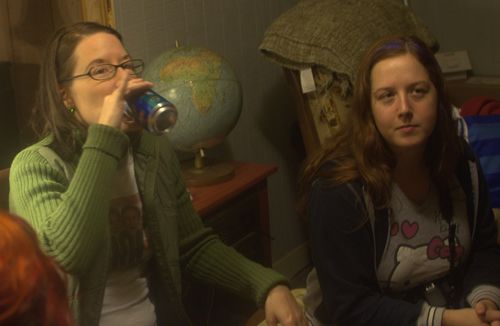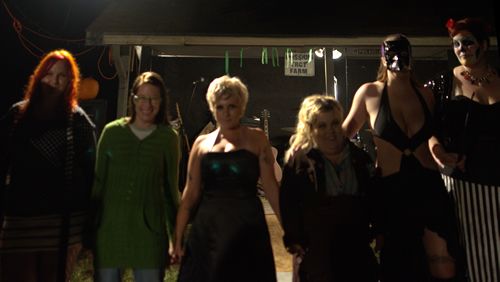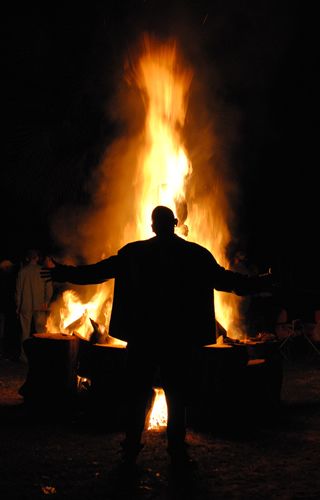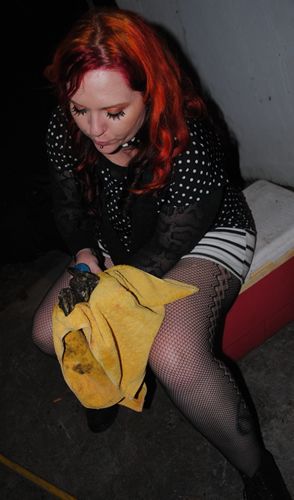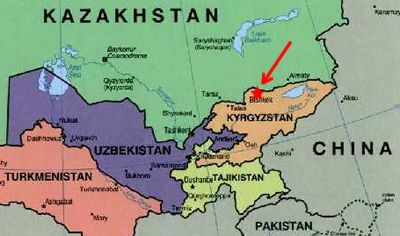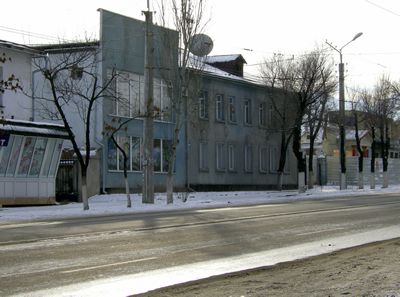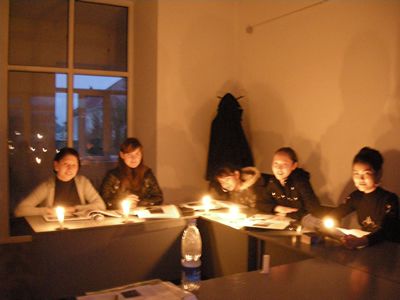One of my grad school courses is all about how to assess your students. As this is part of a Master's in TESOL program, the course focuses on how to assess speakers of English as a second language in terms of their reading, listening, speaking, and writing abilities. The course spends a lot of time focusing on the importance of providing quality corrective feedback. One of the things the course stresses is that simply marking answers as correct or incorrect and giving a letter or numerical score doesn't do much to actually help students learn. A good teacher should explain what the student did wrong and how to fix it, in addition to providing positive feedback about the specific things the student has done well. General comments such as 'good job' or 'awkward' don't go far towards helping students know what was done well or what was awkward and why. I'm sure we all agree with this (in theory).
Then reality hits.
I am only grading for one undergrad class, but it has four sections and over a hundred students. I've taught over one hundred students at one time before, but as they've always been in separate classes I could often (although not always) make sure I didn't have a hundred assignments to grade all at once. When you have such a large number of assignments to grade, whether you're a graduate assistant grading for huge undergraduate courses at a large university, a public school teacher teaching five classes of thirty students, or teaching English in a private language institute in Korea teaching ten classes of ten to fifteen students, the reality is that you are going to spend a lot of time grading.
I don't have too much say in how the assignments that I grade are graded; I'm just a lowly grading assistant after all. The grading rubric is established by the course's instructor, and I am responsible for adhering to the established rubric for each assignment. The one thing that is left up to me is what sort of feedback I provide. In theory, I could comment on each student's assignment, providing detailed information on what they've done well and what needs improvement... but I have something like thirty assignments to grade, multiplied by one hundred and eleven students. Even if I weren't also a full-time student myself, I don't think it would be possible for me to leave quality feedback on every assignment and still manage to finish grading everything before the end of the semester.
Because of this, it seems that the students who hear from me the most are the worst ones in the course. They hear from me the most because whenever students lose points from an assignment, I am required to email them and explain why (although the length and depth of the explanation is up to me). I could totally get away with messages like "I deducted 3 points from your score because your explanation of X was incorrect" - but I don't. I've been trying my best to explain to my students not merely what they lost points for, but why what they did was incorrect as well as what the correct answer should have been and why. As you might imagine, this takes a lot of time.
Due to the way the grading rubrics have been established for most of the assignments that I grade, doing the bare minimum and going the extra mile earn my students the same number of points. That's an entirely different can of worms that I'm not entirely sure I want to get into here on this semi-public blog. However, I mention it because it is relevant to this topic. It bugs me that a student who does the bare minimum gets the same score as a student who has obviously put a lot of time and effort into his or her work. I've tried to encourage those who have gone the extra mile by giving them extra praise. Unfortunately, for the most part this 'extra praise' tends to consist merely of banal statements like 'Great job!' and 'Excellent work!' instead of detailed descriptions of what it was that I thought was done well. Sigh.
And those poor students in the middle of the pack? They hardly ever hear from me. I feel somewhat guilty about this, but can't come up with a practical solution. (And to any of those people who think class size doesn't matter, let this be one of an innumerable number of possible examples as to why it most definitely matters!)
![international [cat] lady of mystery](http://2.bp.blogspot.com/-97QAEjg8P38/UuPcTG28J2I/AAAAAAAAADU/xuZTWt7y2IE/s1600/newblogtop2014b.jpg)


